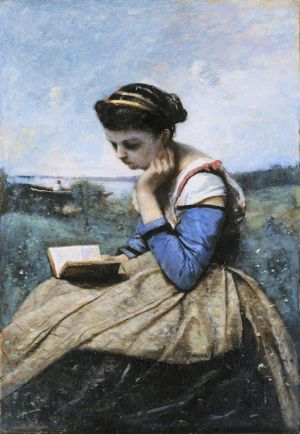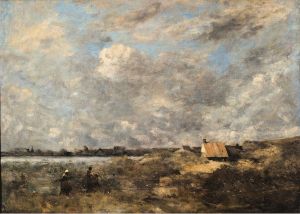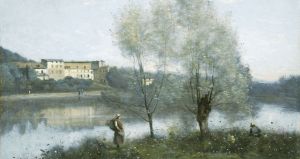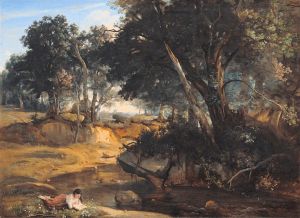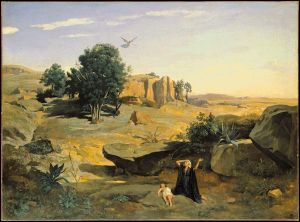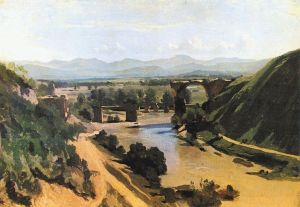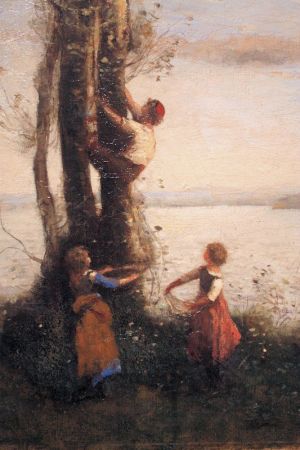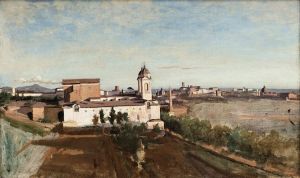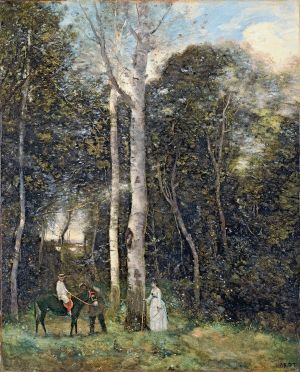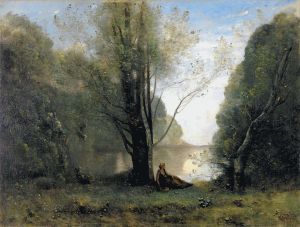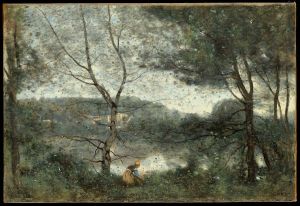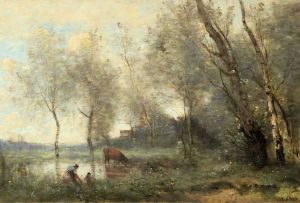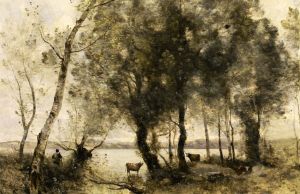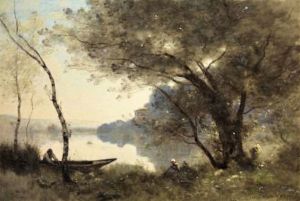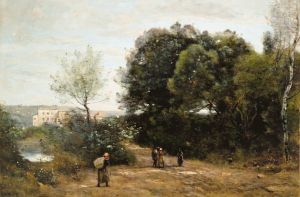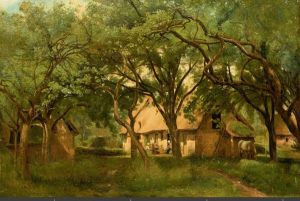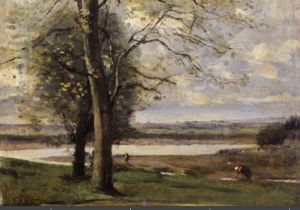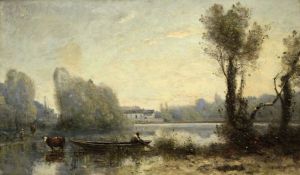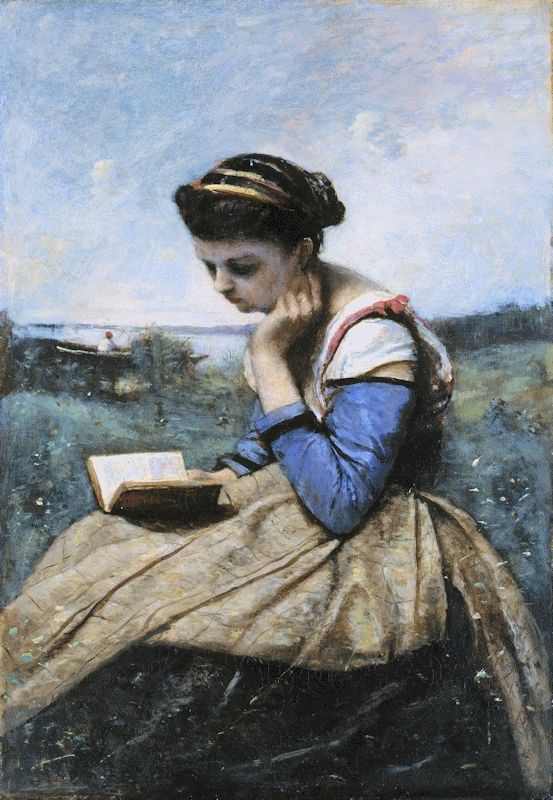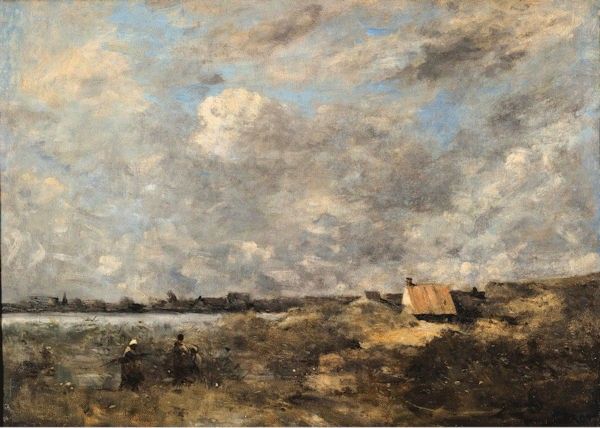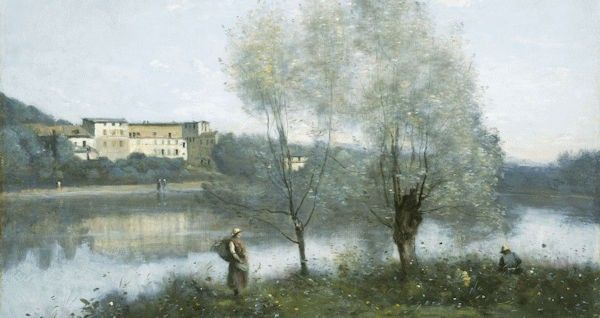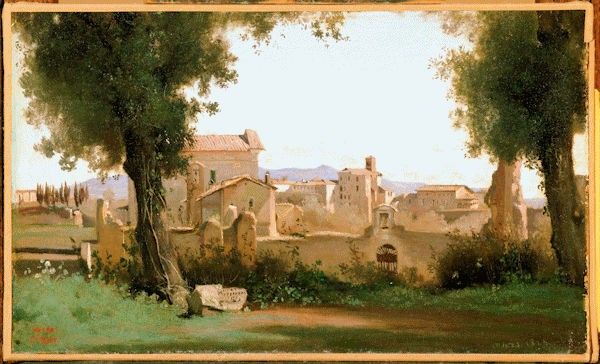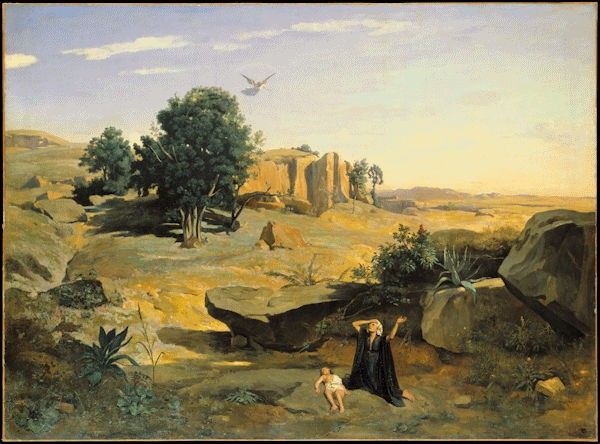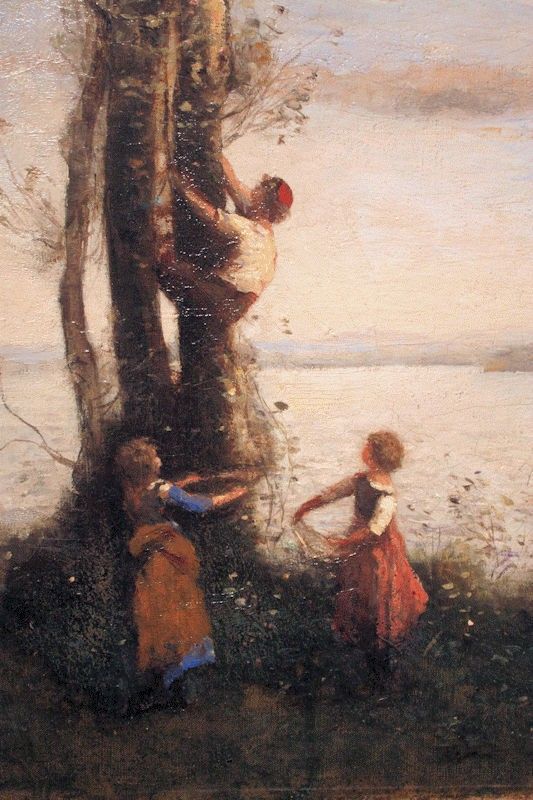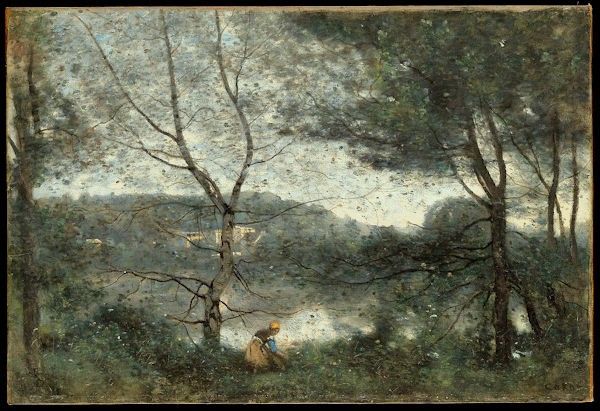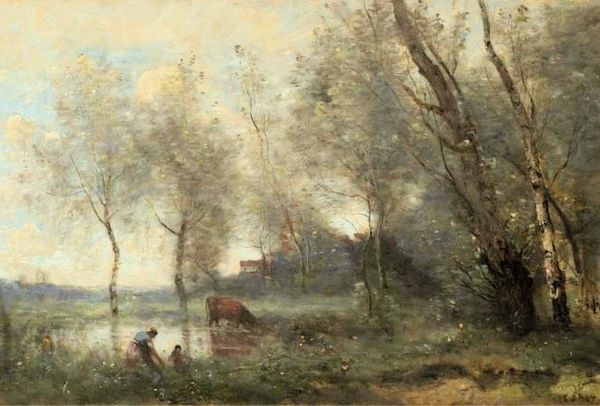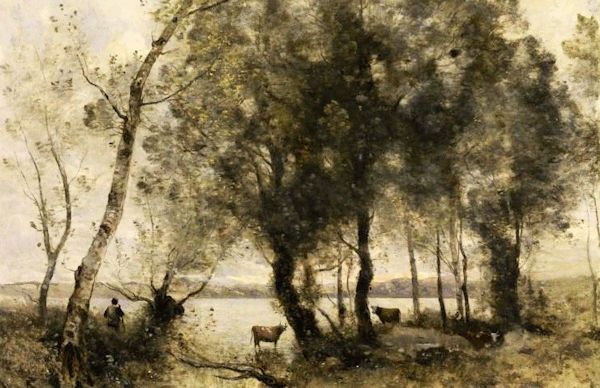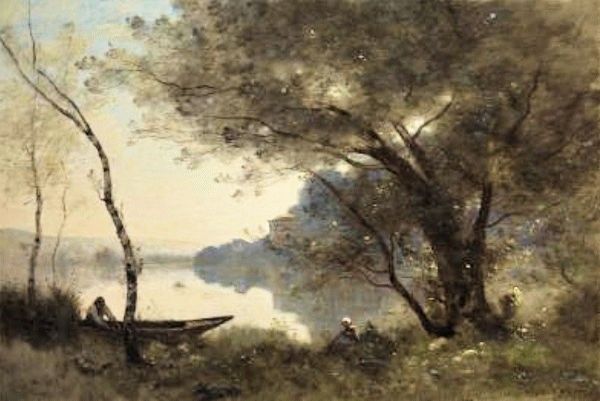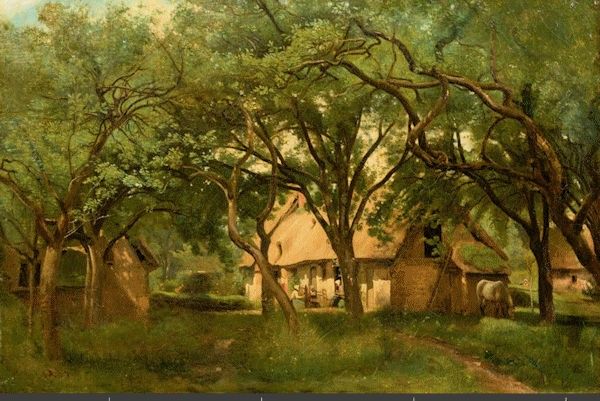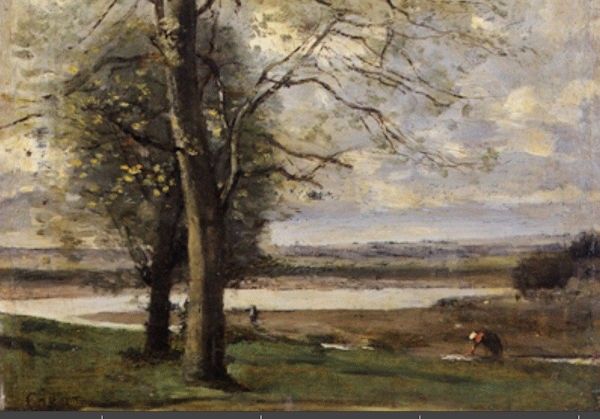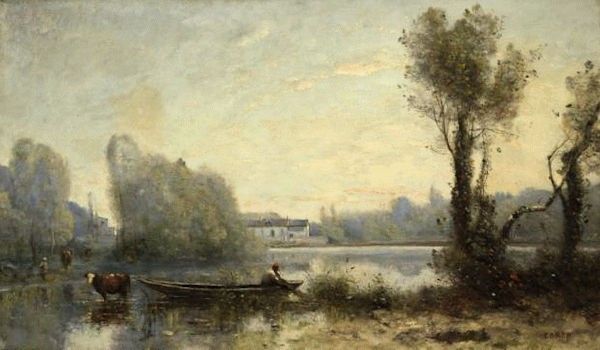Jean-Baptiste-Camille Corot was a French landscape and portrait painter as well as a printmaker in etching. Corot was the leading painter of the Barbizon school (realism) of France in the mid-nineteenth century.He is a pivotal figure in landscape painting and his vast output simultaneously references the Neo-Classical tradition and anticipates the plein-air innovations of Impressionism.
A foremost figure in the development of nineteenth-century French landscape painting, Jean-Baptiste-Camille Corot was born into a family of merchants and started out as a draper by trade. Only in 1822 did he receive permission from his father and financial support from the family to embark on his career in painting. He joined the workshop of Achille-Etna Michallon, who instructed him in Neo-Classical doctrine and advised him to paint outdoors. A few months later, after his first master died, he continued his training under Jean-Victor Bertin.
In 1825 Corot travelled to Rome, where he spent the following three years. He came into contact with the circle of Théodore Carnelle d’Aligny and visited the city and surrounding area with them to paint in the open air. Corot would return to Italy twice (1834 and 1843), and when back in France made many excursions during the summer to paint from life. In winter he worked in his studio and produced larger paintings to be shown at the Salon. In addition to landscape, Corot was also interested in the human figure, and portraits of friends and relatives accounted for part of his private works.
In the 1830s Corot’s work gained greater recognition and his career was given definitive impetus in 1840 when Le Petit Berger (La Cour d’Or, Musées de Metz) was acquired by the state. In 1846 Baudelaire and Champfleury praised his art and many collectors and gallery owners, among them Paul Durand-Ruel, began to show an interest in his work. About 1850 his painting started to focus on his own impressions of nature, and his poetic landscapes, midway between the real and the ideal, became highly sought after. As a result, Corot started repeating his themes and imitations of his work became widespread.
Following a period, from 1866–70, in which Corot was confined to his studio for health reasons, his creative impetus made a powerful resurgence and he made many trips to paint outdoors.
